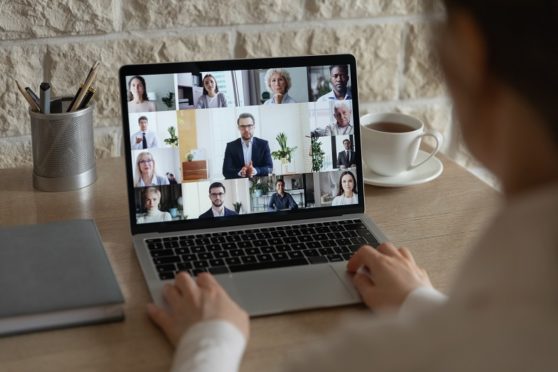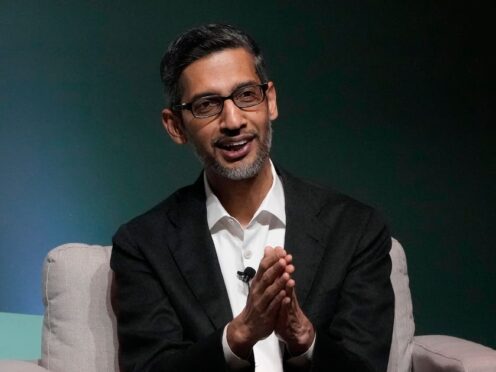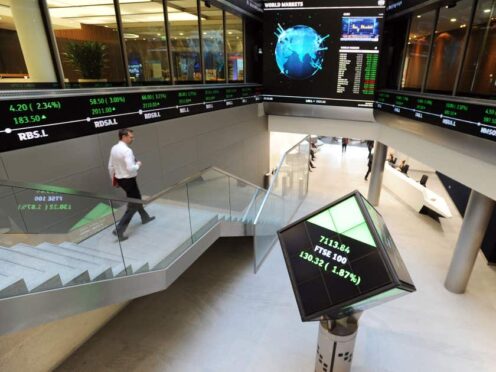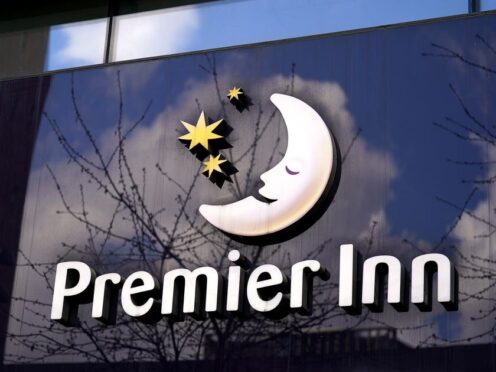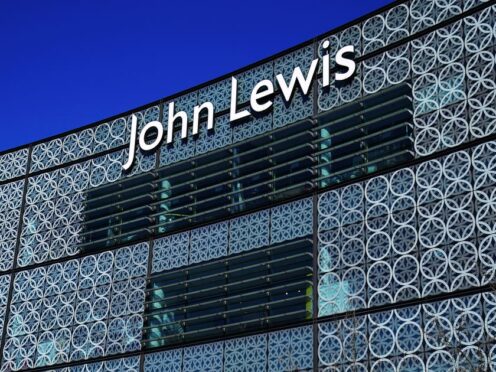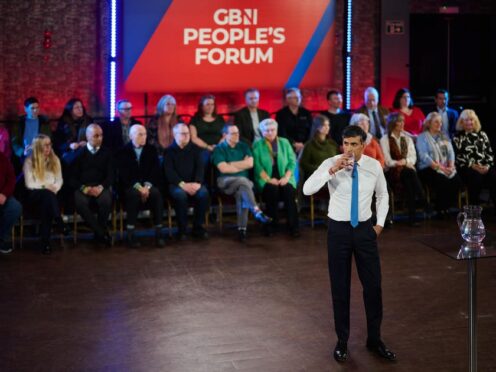Kate Mountain and Katie Mearns, Employee Benefits Consultants at Mattioli Woods, explain more about the importance of employee engagement when remote working.
‘Strange times indeed!’ was a phrase used by an Aberdeen-based HR specialist when asked how her business was coping with COVID-19 lockdown.
The last few months have indeed been unprecedented for many of our businesses, having to adapt to closed offices, remote working, travel restrictions and furloughed staff and all this within the context of the wider pressure of the huge challenges in the oil and gas sector.
For us at Mattioli Woods it has been no different. Moving our 35+ Aberdeen-based staff to homeworking (along with 700 nationally) was a huge logistical challenge. But forget the difficulty of finding the extra laptops; it’s how the change affects your most important resource that matters: your people.
Employee engagement and health and wellbeing programmes have always been a vital component in recruiting and retaining the best people and are even more important now that most face to face contact has gone. So how does an employer get this right?
At Mattioli Woods we have tried to replicate the office environment through the use of technology solutions such as Microsoft Teams.
We have created team chatrooms where employees can say ‘good morning’ to their colleagues and ask routine work questions that would normally be shouted across the office.
We have introduced regular ‘how are you feeling’ calls where senior members of the team reach out to colleagues directly, checking and finding out if they need additional support. This is also backed up by regular anonymous surveys.
We have also drawn on the helpful resources within our existing employee benefits package to support employees. For example, we remind employees they can use an app via our group income protection provider to access remote GP appointments, second medical opinions, mental health support and physiotherapy.
Services such as these are available via a range of employee benefits including private medical, health cash plan and employee assistance programmes, the providers of which have online and telephone-based support for mental and physical health and legal issues.
There is also a range of tools available to help with budgeting and financial concerns, particularly through benefit consultants and pension providers.
The challenge for many employers is how to make sure employees understand what’s available and how to access it when working remotely.
Obviously an online employee benefits platform is one solution that allows an employee to access everything they need from their laptop, tablet or even mobile phone.
But even if this is not available, it is perfectly possible to put together an effective programme via email communication or on intranets if the employer understands everything available from their package.
Even when we move out of lockdown, it seems unlikely that working patterns will return immediately to ‘normal’ and, on the positive front, many employers and their employees may see advantages in more efficient and flexible working arrangements going forward.
While this makes supporting and engaging employees more difficult, those employers that have grasped this issue during lockdown will find themselves not only more effective during lockdown but will be in a great position to seize opportunities when we move back into recovery and growth.
Find out more on the Mattioli Woods website here.
